In India’s history, letters have played a significant role — in driving revolutions, calling for freedom of women, strengthening political relations and diplomatic ties, and keeping thousands of love stories alive.
Letters led to elephants being sent to Tokyo, setting up India’s first Indian Psychoanalytical Society and led to Anandibai Joshi becoming India’s first female doctor.
Here are 10 such letters that have left an indelible mark in India’s history:
- The letter that helped Indians in Fiji end unpaid labour

Manilal Doctor, an envoy of Mahatma Gandhi, played a major role in securing legal rights and freedom for indentured labourers in Fiji in the early 1907.
It started with a letter written by these Indians to Gandhi, which he published in the newspaper Indian Opinion. The letter, which highlighted the ill-treatment of the British, was read by Doctor.
He stayed in Fiji for four years and helped labourers, who were forced to work on cane and sugar plantations without getting paid, by fighting their cases in court, writing their letters and petitions.
He played a big role in ending the indenture system and also helped Indians get their political and economic rights.
- 200 letters written by a couple in prison
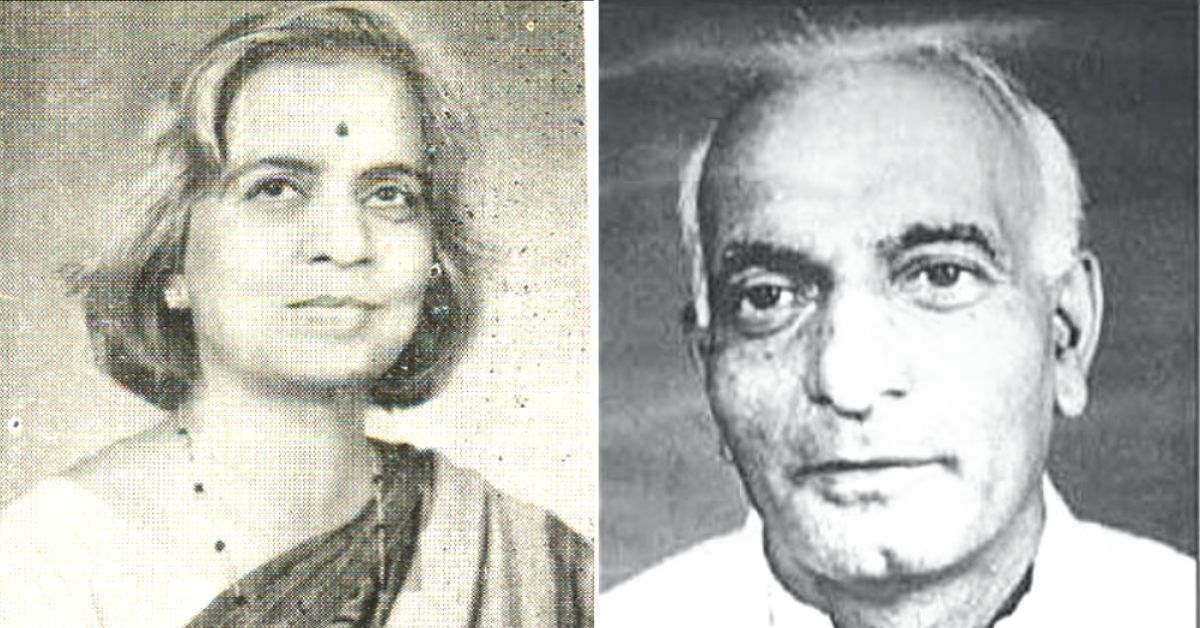
During the Emergency in 1975, Madhu Dandavate, former union finance minister, and his wife Pramila, former member of Parliament, were jailed in Bengaluru and Yerawada respectively.
Separated after 23 years of marriage, the couple, products of the freedom struggle, exchanged nearly 200 letters over their 18 months of incarceration.
Their letters, which discussed music, poetry, books, philosophy and politics, were a testament of how their love translated into resistance against an authoritarian regime.
When Pramila seemed despondent, Madhu wrote, “As long as our spine is in place, who can possibly touch our life together?”
Their letters show us that their love was not selfish, they toiled for freedom and dignity for themselves, and the nation.
- Sardar Patel’s letter to Nehru
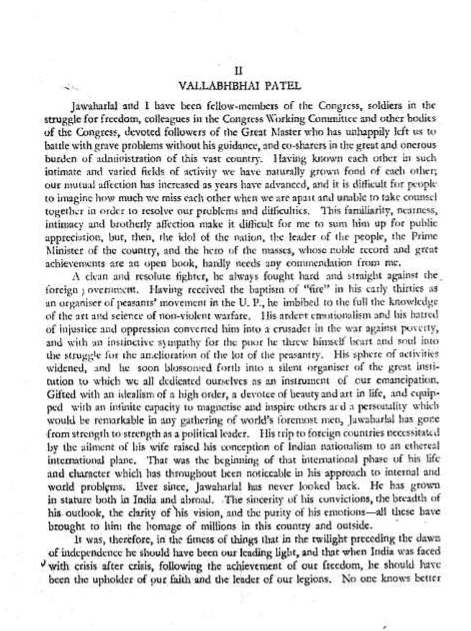
Sardar Vallabhbhai Patel and Jawaharlal Nehru are a great example of how two leaders can work together for the betterment of the nation, despite their political differences.
A letter written by Patel in 1949, on Nehru’s 60th birthday, is a perfect example of their admiration for one another.
“Jawaharlal and I have been fellow-members of the Congress, soldiers in the struggle of freedom, devoted followers of the Great Master [Gandhi], and co-shares in the great and onerous burden of administration of this vast country,” he wrote.
“This familiarity, nearness, intimacy and brotherly affection make it difficult for me to sum him up for public appreciation, but, then, the idol of the nation, the leader of the people,… and the hero of the masses…, hardly needs any commendation from me.”
He also cleared the air that Nehru did not usurp the position of prime minister from him. “..It was in the fitness of things that in the twilight preceding the dawn of independence he should have been our leading light.”
- A letter that created India’s first woman doctor
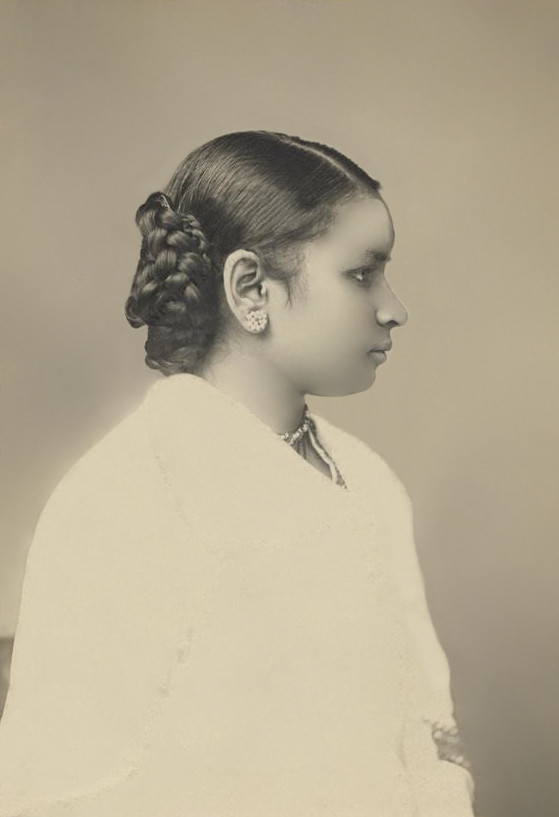
Anandibai Joshi was a trailblazer who fought societal prejudice and patriarchy to become the first woman from India to secure a degree in western medicine from the US.
Married when she was nine, the loss of her 10-day-old infant son due to inadequate medical care made the then 14-year-old decide to take up medicine.
Her husband Gopalrao motivated her to study medicine and wrote a letter to Royal Wilder, an American missionary, seeking help for Anandi in 1800.
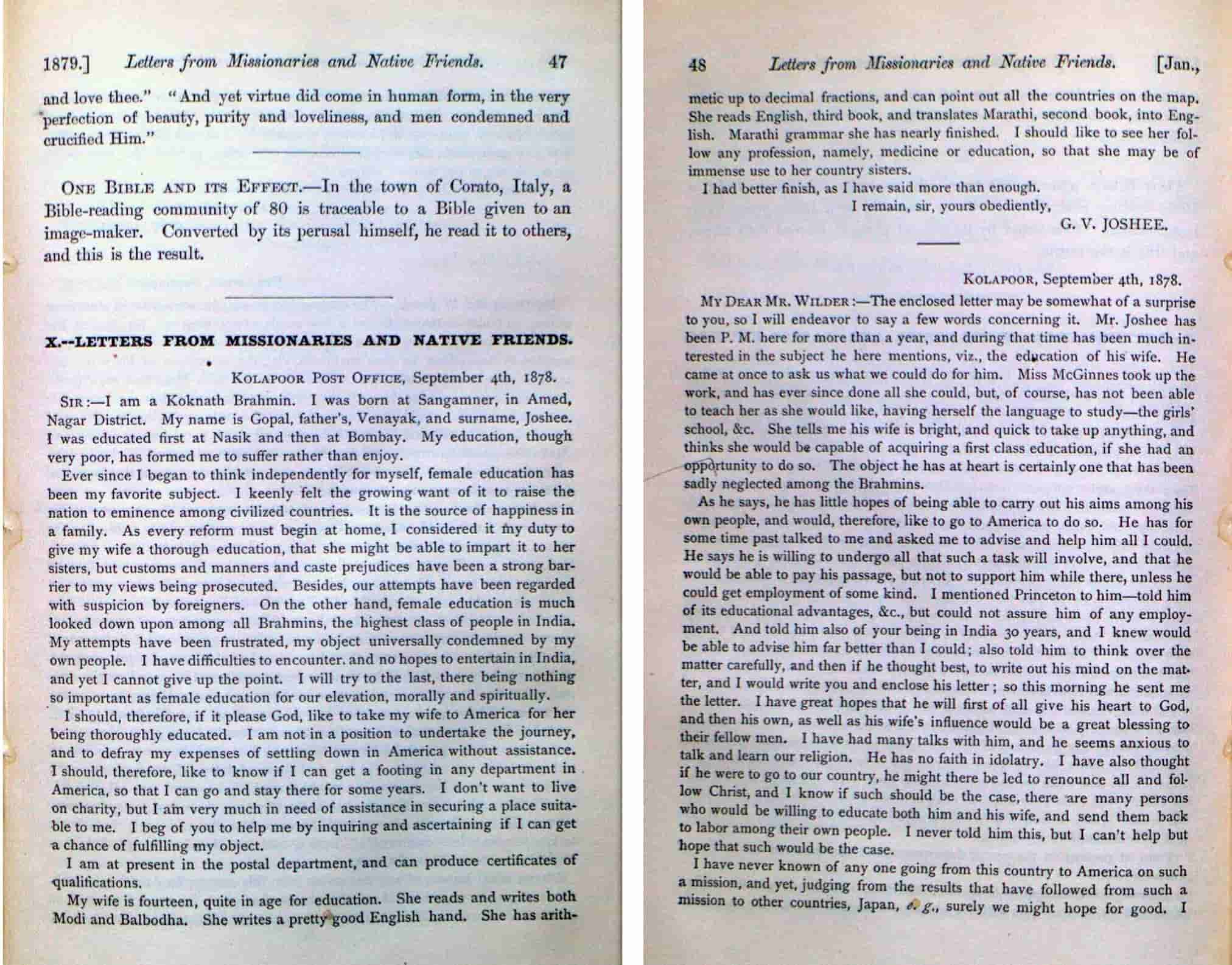
While Wilder couldn’t help, he had their correspondence published in a periodical in Princeton University, which caught the eye of Theodicia Carpenter, who supported Anandi’s educational journey.
Anandi studied medicine in the Women’s Medical College of Pennsylvania. In her moving application letter, she wrote,
“…my purpose is to render to my poor suffering country women the true medical aid they so sadly need and which they would rather die than accept at the hands of a male physician.”
- Tolstoy’s letters that inspired Gandhi
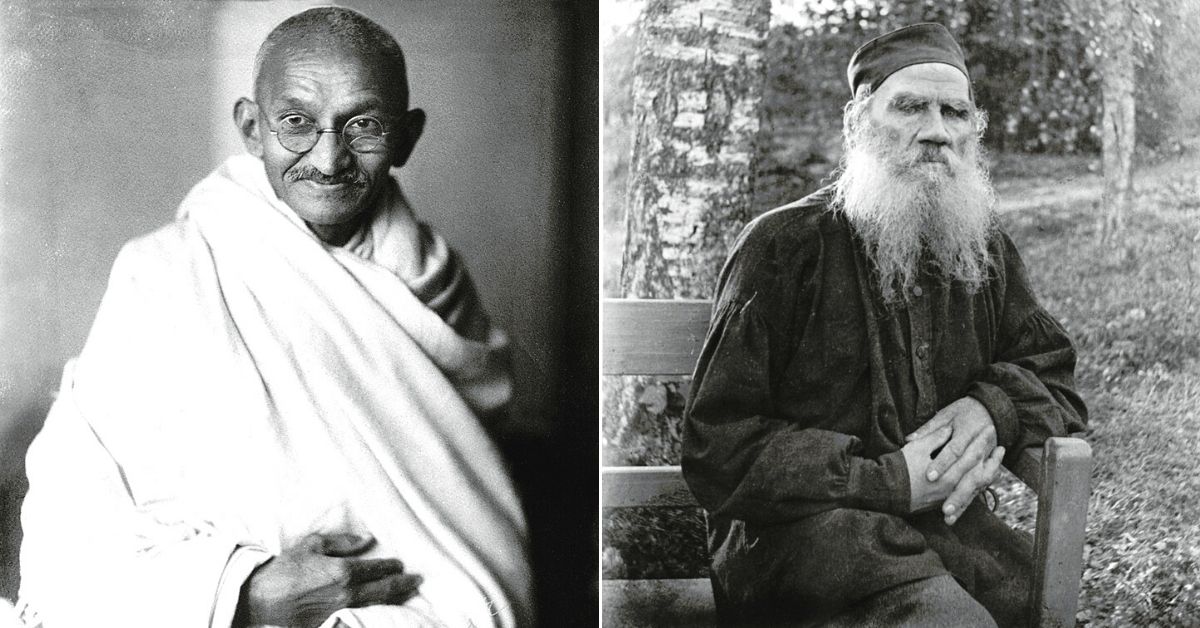
Mahatma Gandhi was greatly inspired by Russian author Leo Tolstoy, who he called the “greatest apostle of non-violence that the present age had produced” and “a great teacher whom I have long looked upon as one of my guides”.
He is said to have taken the path of Ahimsa (non-violence) inspired by Tolstoy. The author’s ‘The Kingdom of God is Within You’ “overwhelmed me” said Gandhi.
The two had a prolonged correspondence in 1909, which started with a letter written by Toltsoy against British colonialism which was printed in the ‘Free Hindustan’ newspaper.
Moved by this letter, Gandhi sought permission to reproduce it in his ‘Indian Opinion’ paper with the title ‘A Letter to a Hindu’. This was the beginning of a year-long correspondence.
Tolstoy’s letters batted for non-violent resistance. He wrote to Gandhi, “Love is the only way to rescue humanity from all ills, and in it, you too have the only method of saving your people from enslavement… Love”
- Letters for an elephant

During World War II, three elephants in Ueno Zoo, Japan’s oldest zoo were killed, due to fears of their escape during bomb raids.
Two of those elephants were brought from India, and were very popular with young children. Their deaths deeply affected these children and led them to write letters to then PM Nehru.
When an Indian exporter visited Tokyo in 1949, he was bombarded with requests from children to ask Nehru to send a replacement elephant. He handed over 815 letters to Nehru.
One such letter read: “At Tokyo Zoo we can only see pigs and birds which give us no interest. It is a long cherished dream for Japanese children to see a large, charming elephant.” Another said, “The elephant still lives with us in our dreams.”
Within a few months, Nehru sent an elephant, Indira, to Tokyo, from the erstwhile princely state of Mysore. He also wrote a letter to the children.
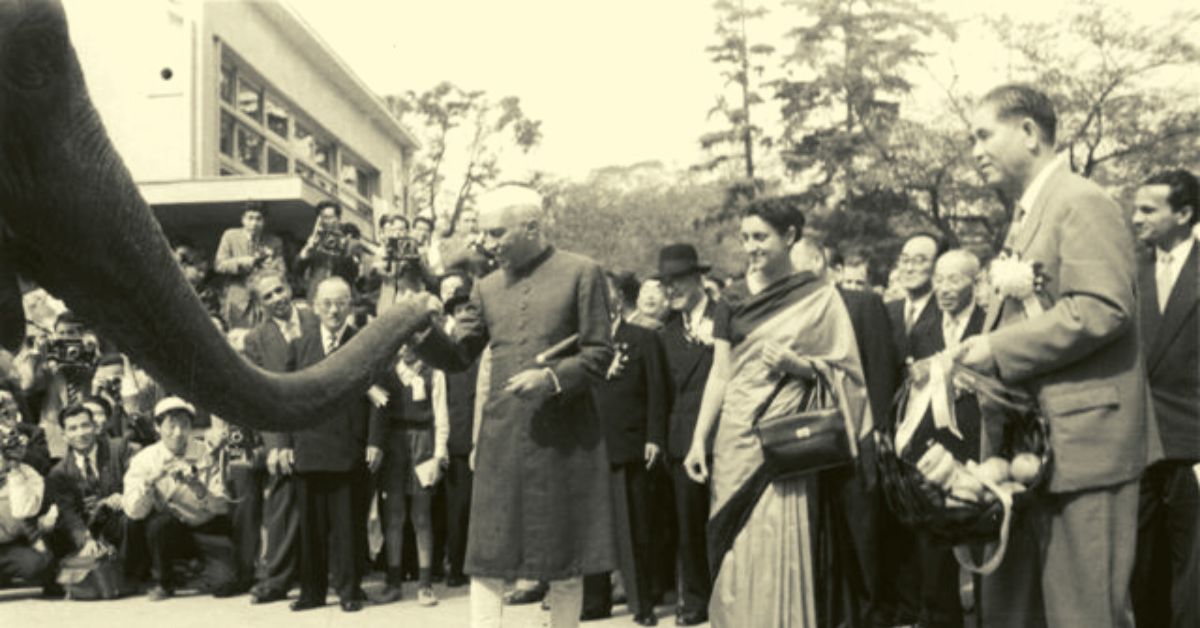
“You must look upon this elephant as a messenger of affection and goodwill from the children of India. The elephant is a noble animal. It is wise and patient, strong and yet, gentle. I hope all of us will also develop these qualities.”
- The letter that led to toilets in Indian railways
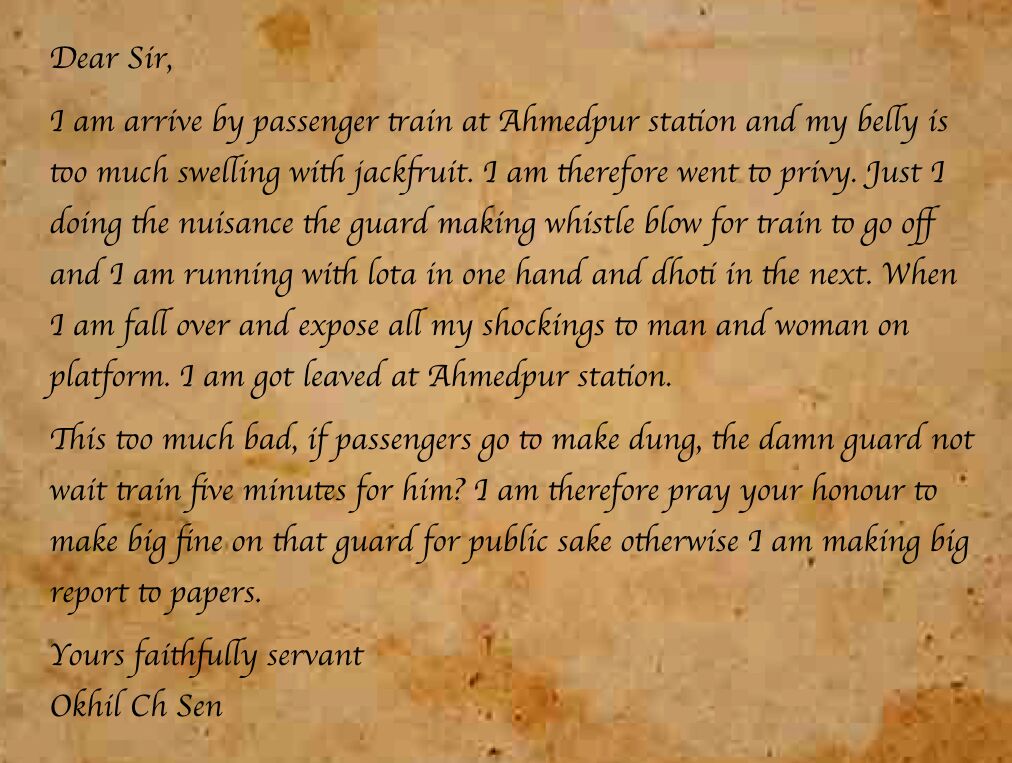
It was only in 1909 that toilets were introduced in trains in India, more than 55 years after the first passenger train became operational.
It happened all thanks to a passenger, Okhil Chandra Sen. On 2 July 1909, he wrote a letter addressed to the Sahibganj Divisional office in West Bengal to set up toilets in trains.
In his letter, he laments that he missed his train at the Ahmedpur railway station in his bid to answer “nature’s call”.
After this letter, railway authorities decided to introduce toilets in all lower-class carriages in trains travelling more than 50 miles (approx 80.5 km) at that time.
- Henry Ford’s fan letter to Gandhi
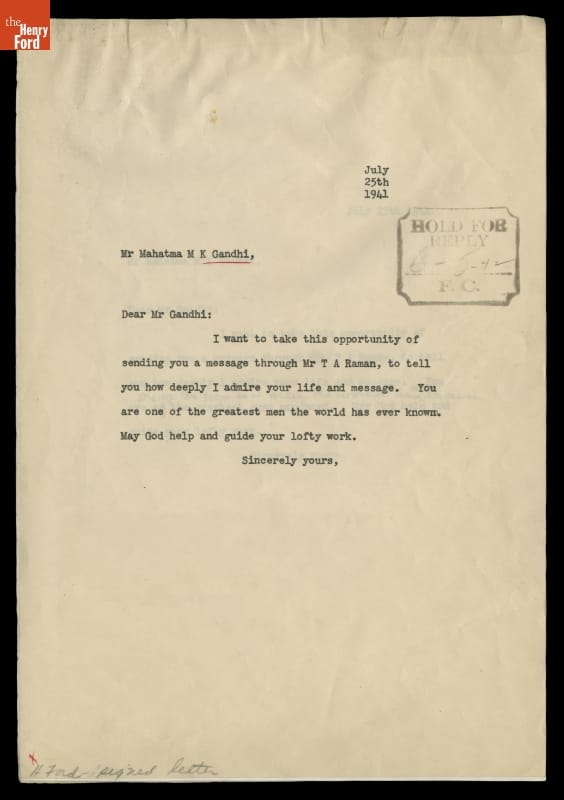
In July 1941, American automaker Henry Ford wrote a letter to Mohandas Karamchand Gandhi, deeply praising him.
Ford was a pacifist and was unhappy with the global situation at that time, and wanted his country to be neutral, amidst pressure from the government for his company to start mass-producing airplanes to help defeat the Nazis
His letter read, “I want to take this opportunity of sending you a message…to tell you how deeply I admire your life and message. You are one of the greatest men the world has ever known.”
Gandhi received the letter in December 1941 and sent a charkha in response. Ford kept it as a good luck charm, as well as a symbol of the principles of simplicity and economic independence.
- Freud’s letter praising India’s mental health pioneer
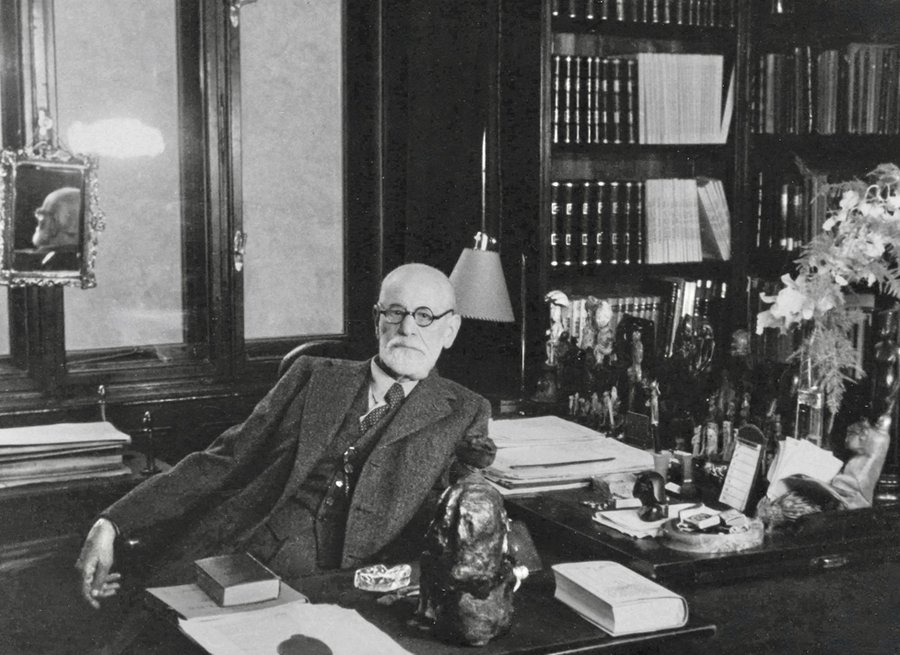
Dr Girindrasekhar Bose was India’s first psychoanalyst and first to earn a doctorate in psychology. He set up India’s first psychiatric outpatient department (OPD) in Kolkata on 1 May 1933.
He corresponded with Dr Sigmund Freud, Austrian neurologist, from 1921- 1937. Bose first sought Freud’s opinion on his thesis, ‘The Concept of Repression’.
The founder of psychoanalysis responded positively, and praised him for ‘correctness of its principal views and the good sense prevailing in it’.
This led to the establishment of the Indian Psychoanalytical Society in 1922, which received affiliation from the International Psychoanalytical Association.
Freud praised Bose in a letter to a colleague, “The most interesting item of news in the psycho-world is the foundation of the local group in Calcutta, led by Dr G Bose, a Professor Extraordinary,”
- Letters that are a doorway to life before 1947
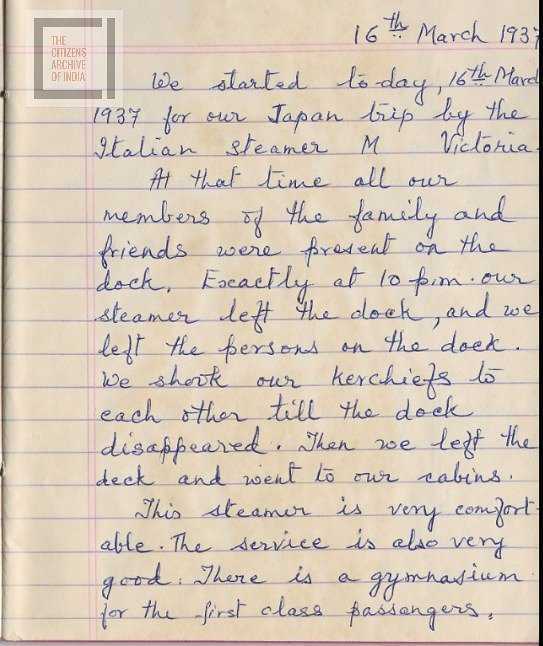
While a lot is written about the freedom struggle in India, we rarely see how life was before 1947. The Citizens’ Archive of India is an effort to document that.
The digital oral history archive wants to be a ready resource for anyone interested in learning about the past, with interviews with people who were born before Independence.
One such project is The Generation 1947 Project which showcases diaries, letters, photographs to portray how times have changed.
One such letter, written in 1937 is a beautiful expression of the excitement felt during an international voyage from Bombay to Japan.
Edited by Divya Sethu
No comments:
Post a Comment